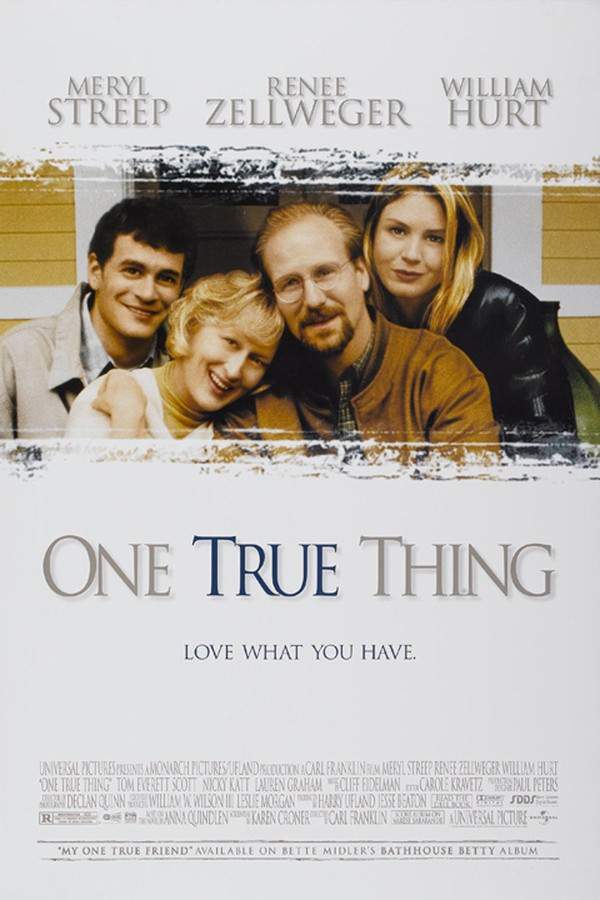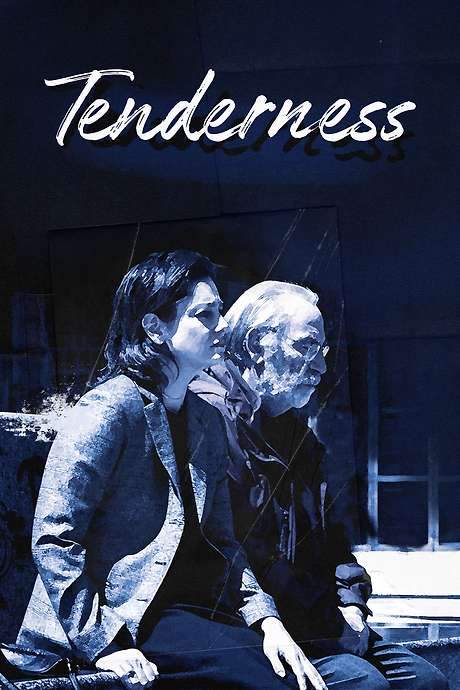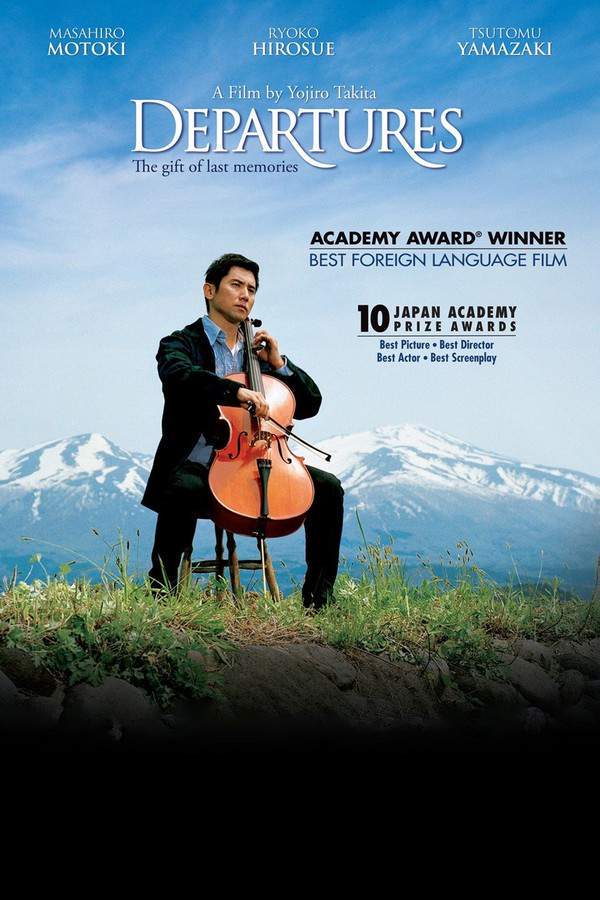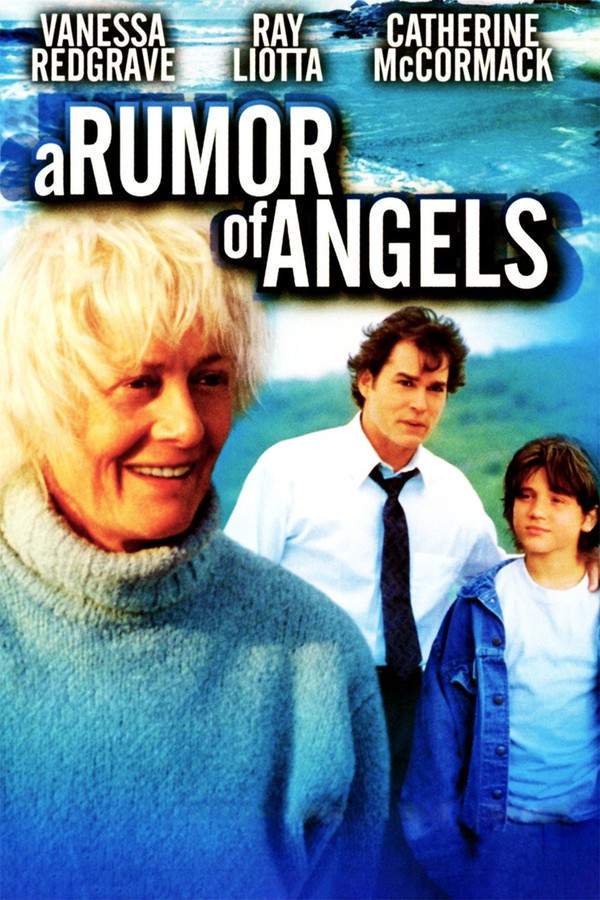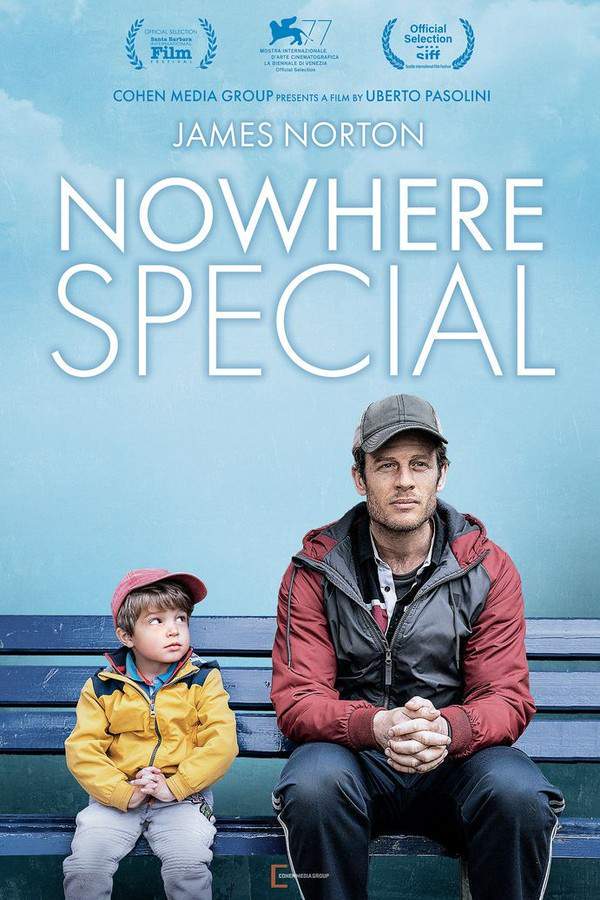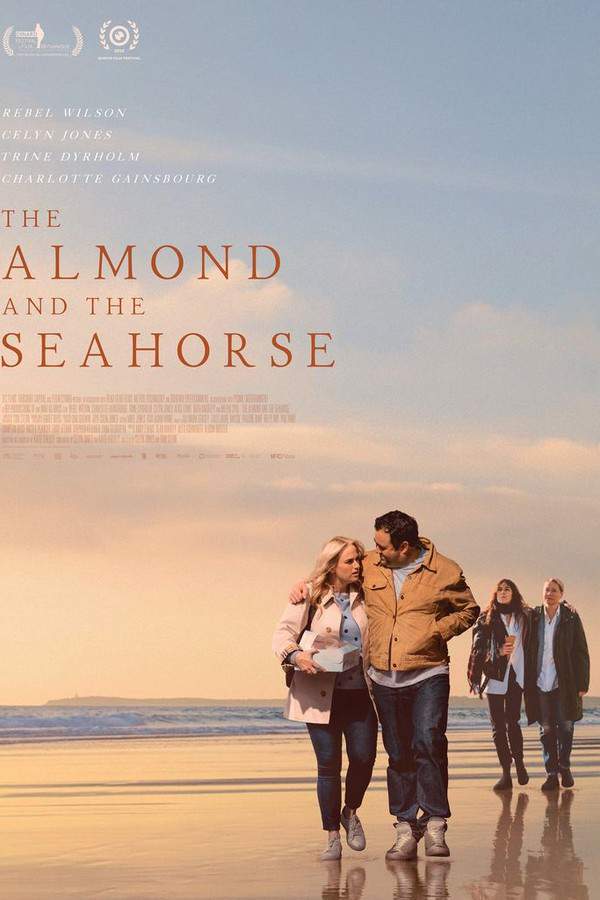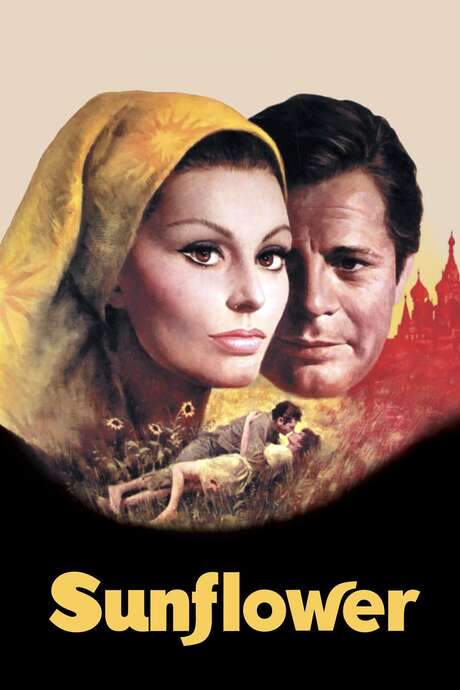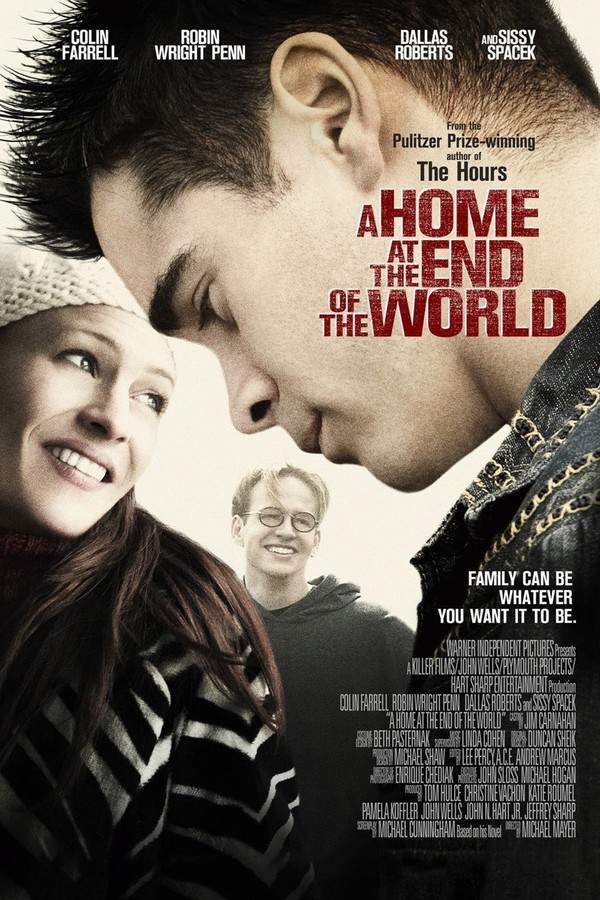
Riding Alone for Thousands of Miles
Year: 2006
Runtime: 107 min
Language: Japanese
Directors: Yimou Zhang, Yasuo Furuhata
A Japanese fisherman embarks on a deeply moving journey when he discovers his estranged son is gravely ill in Tokyo. While reconnecting with his son, he unexpectedly finds himself helping a grieving Chinese opera star search for his own lost child. This heartfelt quest explores themes of family, regret, and the profound bonds that connect people across generations and cultural divides, ultimately offering a path towards healing and reconciliation.
Warning: spoilers below!
Haven’t seen Riding Alone for Thousands of Miles yet? This summary contains major spoilers. Bookmark the page, watch the movie, and come back for the full breakdown. If you're ready, scroll on and relive the story!
Riding Alone for Thousands of Miles (2006) – Full Plot Summary & Ending Explained
Read the complete plot breakdown of Riding Alone for Thousands of Miles (2006), including all key story events, major twists, and the ending explained in detail. Discover what really happened—and what it all means.
Takata Gouichi, portrayed by Ken Takakura, is an elderly man grappling with a strained relationship with his son Kenichi, played by Kiichi Nakai, since the passing of his beloved wife. As fate would have it, when Kenichi falls gravely ill, Gouichi embarks on a journey from his serene life in Akita to the bustling city of Tokyo, desperate to reconnect with his son. However, Kenichi’s response is heart-wrenchingly disheartening; he refuses to see his father.
In a turn of events, Kenichi’s wife Rie, depicted by Shinobu Terajima, hands Gouichi a video tape that offers a glimpse into his son’s life—a recording featuring an artist of Nuo opera, Li Jiamin, from Yunnan, China, who expresses his commitment to perform Riding Alone for Thousands of Miles. Motivated by a father’s love, Gouichi resolves to travel to China in Kenichi’s stead to document Li’s performance.
Upon arrival in the picturesque Village of Li, near Lijiang, Gouichi faces setbacks when he learns that Li is imprisoned due to an altercation stemming from a taunt directed at his illegitimate son. With the help of his translator Jiang Wen and local guide Qiu Lin, Gouichi wrestles with the idea of filming someone else, but remains steadfast in his mission to capture Li. After an arduous battle to gain access to the prison, Gouichi finally meets Li, who is overwhelmed with emotion, longing for his own son.
Gouichi’s journey takes a poignant turn as he decides to visit Stone Village to bring back Li’s young son, Yang Yang, who is just eight years old and dealing with the loss of his mother. During this quest, Rie contacts Gouichi with news that Kenichi has been touched by his efforts, suggesting that he should return home. Gouichi, however, is left questioning the authenticity of the message and perseveres in fulfilling his original mission.
In a twist of fate, their vehicle breaks down during their journey to the prison, prompting Yang Yang to flee out of fear of meeting a father he barely remembers. A heartfelt chase ensues as Gouichi pursues the frightened boy, leading them to become lost among the rugged limestone hills where they must spend a night in a cave. Initially wary, Yang Yang’s hostility softens as the night progresses, and they share an unexpected bond. Fortunately, their absence creates a stir, resulting in a rescue from locals and law enforcement the next morning. With compassion, Gouichi allows Yang Yang to return home, feeling that the boy’s comfort comes first.
Tragically, shortly after this emotional encounter, Rie conveys the devastating news of Kenichi’s passing, accompanied by a letter of forgiveness. Heartbroken yet resolute, Gouichi returns to the prison with poignant photographs of Yang Yang, inspiring a deeply moved Li to promise an extraordinary performance despite their shared grief.
As the performance begins, Li’s inquiry about why Gouichi isn’t recording the moment prompts an epiphany for Gouichi: the need to capture the event has dissipated with his son’s death. Yet, through Li’s entreaty, he decides to document the performance, culminating in a powerful piece that reflects the intertwining themes of journey, reconciliation, and the dualities of human experience—illustrating how success in foreign lands can sometimes overshadow the unresolved struggles at home.
Last Updated: November 16, 2024 at 16:50
Explore Movie Threads
Discover curated groups of movies connected by mood, themes, and story style. Browse collections built around emotion, atmosphere, and narrative focus to easily find films that match what you feel like watching right now.
Elderly Journeys of Reconciliation like Riding Alone for Thousands of Miles
Quiet stories of older characters seeking to mend fractured family bonds.Find movies like Riding Alone for Thousands of Miles that explore themes of late-life regret and the quest for family reconciliation. If you were moved by the elderly protagonist's heartfelt journey, you'll appreciate these similar stories about older characters mending broken bonds.
Narrative Summary
The narrative follows an elderly character, often a father or mother, who is spurred by a crisis to attempt to fix a strained relationship with their child. The journey is often external—a physical trip—but serves as a metaphor for the internal emotional voyage, full of introspection and small, meaningful encounters that pave the way for catharsis.
Why These Movies?
These films are grouped by their focus on the specific emotional arc of an older generation confronting past failures. They share a contemplative mood, a heavy emotional weight centered on grief and regret, and a tone that balances deep melancholy with glimmers of hard-won peace.
Cross-Cultural Journeys of the Heart like Riding Alone for Thousands of Miles
Emotional quests that bridge cultural divides to explore universal themes.Discover movies similar to Riding Alone for Thousands of Miles that feature profound cross-cultural journeys. If you enjoyed the heartfelt connection formed across borders in this film, you'll find more stories where personal healing is found through understanding and empathy in a different culture.
Narrative Summary
A protagonist, burdened by personal grief or a mission, travels to a country with a different language and customs. Their initial purpose is specific, but the journey evolves into a series of human connections that transcend cultural barriers, teaching them about themselves and the universal nature of their emotional struggle.
Why These Movies?
This thread connects films that use a cultural journey as the central vessel for an emotional story. They share a bittersweet tone, a focus on humanistic themes, and a narrative structure where healing is achieved indirectly through helping others in a foreign context, leading to a deeply moving and reflective experience.
Unlock the Full Story of Riding Alone for Thousands of Miles
Don't stop at just watching — explore Riding Alone for Thousands of Miles in full detail. From the complete plot summary and scene-by-scene timeline to character breakdowns, thematic analysis, and a deep dive into the ending — every page helps you truly understand what Riding Alone for Thousands of Miles is all about. Plus, discover what's next after the movie.
Riding Alone for Thousands of Miles Timeline
Track the full timeline of Riding Alone for Thousands of Miles with every major event arranged chronologically. Perfect for decoding non-linear storytelling, flashbacks, or parallel narratives with a clear scene-by-scene breakdown.

Characters, Settings & Themes in Riding Alone for Thousands of Miles
Discover the characters, locations, and core themes that shape Riding Alone for Thousands of Miles. Get insights into symbolic elements, setting significance, and deeper narrative meaning — ideal for thematic analysis and movie breakdowns.

Riding Alone for Thousands of Miles Spoiler-Free Summary
Get a quick, spoiler-free overview of Riding Alone for Thousands of Miles that covers the main plot points and key details without revealing any major twists or spoilers. Perfect for those who want to know what to expect before diving in.

More About Riding Alone for Thousands of Miles
Visit What's After the Movie to explore more about Riding Alone for Thousands of Miles: box office results, cast and crew info, production details, post-credit scenes, and external links — all in one place for movie fans and researchers.




